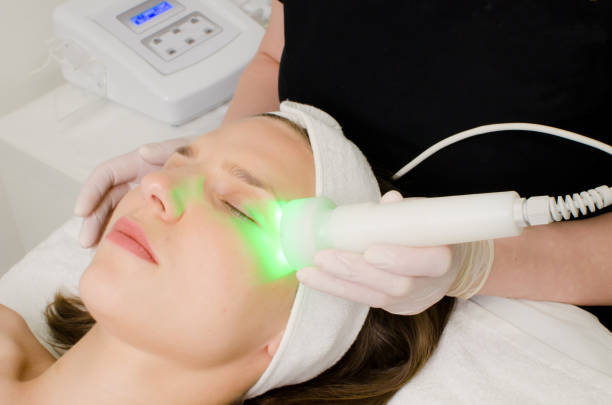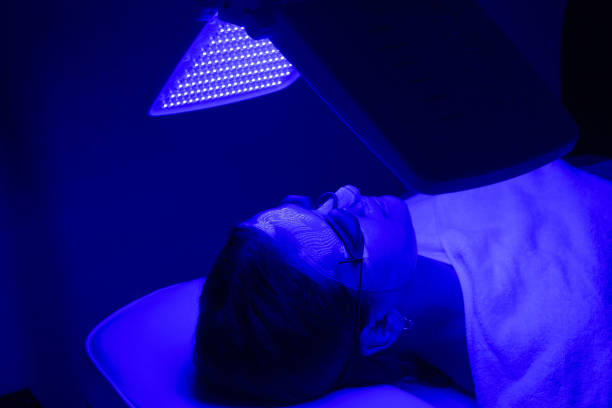LED light therapy is on the cutting edge of anti-aging skincare. In fact, it’s even been used by NASA and the Navy Seals for medical purposes.

LED devices may look futuristic or even gimmicky, but they pack a powerful punch when it comes to skincare benefits. From smoothing out fine lines and wrinkles to reducing blemishes and hyperpigmentation, these devices provide a convenient and effective way to boost your at-home skincare routine.
LED light therapy is a non-invasive skincare treatment that uses specific wavelengths of light to penetrate the skin and stimulate collagen production, improve blood circulation, and reduce the appearance of wrinkles, fine lines, and sagging skin. This treatment has become increasingly popular in recent years as more and more people are looking for ways to achieve youthful and radiant skin without having to resort to invasive procedures. One device can make a difference.

One of the biggest benefits of LED light therapy is that it is completely painless and non-invasive. Unlike other skincare treatments such as chemical peels or microdermabrasion, LED light therapy does not cause any damage to the skin. This makes it a great option for people who have sensitive skin or who are looking for a gentler alternative to other skincare treatments.
LED light therapy also has a number of scientifically proven benefits for the skin. Studies that show the benefits of red light, green light and blue light therapy.
Why Red Light?
Red light therapy is shown to reverse signs of aging by increasing collagen and elastin production for skin rejuvenation and increased skin health.
It also stimulates the growth of capillaries under the skin, which will reduce the appearance of fine lines and wrinkles and restore youthful skin thickness, firmness, and elasticity.
The most common use for red light therapy is skin rejuvenation. The result of light therapy treatments is healthier skin cells, which can help to restore a more youthful appearance by supporting the skin’s natural cellular regeneration.

Red light therapy also reduces chronic inflammation, increases blood flow, and stimulates collagen production and collagen density increase, which helps heal wounds faster.

Why Green Light?
Green LED light therapy uses specific wavelengths of light, usually around 500 nanometers on the electromagnetic scale, that are perceived as green.
Green light therapy has been found to have a few benefits for the skin. It is known to improve overall skin tone, reduce pigmentation and redness, and calm inflammation. Green light therapy exhibits promise in the treatment of chronic pain, specifically migraine headaches.

Why Blue Light?
Blue light therapy is a non-invasive treatment that uses specific wavelengths of light, ranging from 400 to 500 nanometers on the electromagnetic scale. The light emitted is perceived as blue, and it is used to treat a variety of skin conditions. Certain cells in the body, including some strains of bacteria, are highly sensitive to blue light. This makes it an effective treatment for conditions such as mild to moderate acne. The blue light treatment reduces the number of acne lesions . The blue light works by reducing the production of oil from the sebaceous oil glands, killing acne-causing bacteria and reducing inflammation. P. acnes, the primary acne-causing bacteria on the skin, is highly photosensitive to blue light. In a truly exciting development, blue light is used to remove both precancerous and cancerous skin lesions called actinic keratoses or solar keratoses. A few more studies show:
- Blue light reduces keratinocytes, which are the skin cells that are overabundant in psoriasis.
- Blue light therapy reduces lesions caused by eczema.
One small case study showed that a combination of blue and red light reduced rosacea, including redness and pustules
The best results for the treatment of acne seem to come from a combination of blue light and red light therapy.

IN CONCLUSION:

